Dealing with rotator cuff pain can be a significant hindrance, but the good news is that you can manage and alleviate your discomfort with specific exercises and stretches that you can do right at home. Engaging in rotator cuff pain exercises that target the upper arm, shoulder blades, and shoulder joint can help improve your range of motion and strengthen your shoulder muscles.
In this guide, we'll walk you through four effective rotator cuff pain exercises and stretches, designed to support your rehabilitation goals and bring you closer to a pain-free life. Whether you're a fitness enthusiast, a physical therapy patient, or someone dealing with an affected shoulder, these exercises can be seamlessly integrated into your routine.
Key Takeaways
- Relieve shoulder pain with targeted exercises: These simple movements help strengthen and stretch the rotator cuff muscles, promoting pain relief and stability.
- No gym required: You can perform these effective exercises and stretches at home using minimal equipment, making shoulder rehab convenient and accessible.
- Improve mobility and prevent injury: Regularly incorporating these exercises into your routine not only reduces pain but also improves shoulder flexibility and helps prevent future injuries.
Causes of Rotator Cuff Pain
Rotator cuff pain often originates from repetitive overhead movements. This can include activities like lifting, throwing, or even painting, which strain the shoulder joint. Over time, the wear and tear on the tendons of the rotator cuff can lead to inflammation or tears. Age-related degeneration is another common cause, as tendons naturally weaken over time. Additionally, sudden injuries, such as a fall on an outstretched arm, can result in immediate pain or damage to the shoulder muscles.
Other factors, such as poor posture or muscle imbalances, can contribute to rotator cuff injury by altering the mechanics of the shoulder blades and upper arm. Consulting a doctor or physical therapist is crucial if you're experiencing persistent shoulder pain, as they can provide an accurate diagnosis and personalized treatment plan. Understanding these causes can help you take preventative measures and adopt exercises that strengthen the shoulder, reducing the risk of injury.
Symptoms and Diagnosis
Rotator cuff pain can manifest through various symptoms, such as a dull aching pain deep in the shoulder, difficulty sleeping on the affected side, and limited range of motion. You might also experience arm weakness, especially when lifting or rotating the arm. Overhead movements can become particularly challenging, and you may hear or feel a cracking sensation when moving the shoulder.
To diagnose rotator cuff pain, a doctor or physical therapist will conduct a thorough physical examination. They may ask you to perform specific arm movements to assess your shoulder’s strength and flexibility.
Imaging tests, like X-rays or MRIs, can provide a clearer picture of the shoulder joint and reveal any tears or inflammation. Early diagnosis is essential for effective treatment, so if you're experiencing persistent shoulder pain, seeking medical advice is crucial. Understanding the symptoms and getting a proper diagnosis can lead to better management and faster recovery.
Importance of Shoulder Health
Maintaining shoulder health is crucial for overall upper body function and daily activities. The shoulder joint is one of the most mobile joints in the body, allowing for a wide range of movements. Healthy shoulder muscles and tendons are essential for tasks like lifting, pushing, and pulling.
Poor shoulder health can lead to chronic pain, reduced mobility, and decreased quality of life. Strengthening exercises and regular stretching can help maintain the flexibility and strength of the shoulder muscles, reducing the risk of injury.
Additionally, good posture and ergonomic practices can prevent unnecessary strain on the shoulder blades and upper arm. By prioritizing shoulder health, you can ensure better performance in sports, work, and everyday tasks.
If you experience any shoulder pain, addressing it promptly with the help of a doctor or physical therapist can prevent further damage and promote faster recovery. Taking proactive steps towards shoulder health is an investment in your overall well-being.
Using something as handy as OmniBands, you can engage in a shoulder blade conditioning program that targets the rotator cuff muscles, improving both flexibility and strength. Let’s explore four key exercises you can easily integrate into your routine. It's important to consult with a doctor or physical therapist before beginning any new exercise regimen, especially if you're experiencing rotator cuff pain, to ensure the safety and effectiveness of your program.
1. Rotator Cuff External Rotation
The external rotation exercise is fantastic for targeting the teres minor and infraspinatus muscles, two key components of the rotator cuff that help rotate the arm bone away from your body. To perform this exercise:
-
Stand facing a door with your affected shoulder about arm’s length away. Secure your OmniBand around a stable object at about waist level.
-
Hold the end of the band with your affected arm, keeping your elbow bent at 90 degrees and your arm close to your side.
-
Slowly rotate your arm outward, pulling the band away from your body while keeping your elbow close to your side.
-
Hold for a light stretch, then slowly return to the starting position. This motion should be performed pain-free, focusing on a controlled, gentle pull.
This exercise not only helps stabilize the shoulder blade joint but is also crucial in the recovery and prevention of a rotator cuff injury, aiding in building strength, enhancing range of motion, and promoting healing while reducing complications after a tear or strain.
2. Lateral Raise to Shoulder Height
Lateral raises are excellent for strengthening the muscles around your shoulder blade and the shoulder joint, crucial for lifting your arm to the side and ensuring the joint's stability and strength. Here’s how you can do this with your OmniBands:
-
Stand with your feet shoulder-width apart and knees slightly bent. Place the middle of the OmniBand under the foot opposite your affected shoulder.
-
With your palm facing downwards, slowly raise your arm to the side, up to about shoulder height. Ensure your arm remains straight and your shoulders relaxed.
-
Hold the position briefly, then slowly lower your arm back down.
This movement helps fortify the shoulder muscles and the shoulder joint, reducing the strain on your rotator cuff and assisting in recovery from injuries like a rotator cuff tear.
3. Flexion Range of Motion
Shoulder flexion is pivotal in any shoulder blade conditioning program. It involves raising your arm straight in front of you and is essential for a full range of shoulder motion. To do this exercise:
-
Stand holding your OmniBand with one end under your foot and the other in your hand of the affected arm.
-
Slowly bring your arm straight up in front of you, aiming to reach shoulder level or as high as comfortable without pain.
-
Once at the top of your movement, hold briefly, then gently lower your arm back to the starting position.
Incorporating shoulder flexion exercises is crucial for enhancing the shoulder's range of motion, which is vital for regaining and improving flexibility and movement post-injury.
Flexion exercises help maintain joint motion and strengthen the rotator cuff muscles, essential for lifting and reaching movements.
4. Standing Ts
Standing Ts focus on the posterior part of your shoulder blade and the upper arm, vital for rotator cuff health and overall shoulder stability.
-
Attach your OmniBand to a door or a sturdy object at about shoulder height.
-
Facing the anchor point, grab the band with both hands. Step back until the band has slight tension.
-
With a slight bend forward and knees slightly bent, stretch your arms out to the sides, keeping them aligned with your shoulders. Use your unaffected arm for support or balance if necessary during the exercise.
-
Pull the bands towards you by squeezing your shoulder blades together and then slowly return to the starting position.
This exercise is particularly good for those recovering from a traumatic injury or looking to strengthen their upper back and shoulder blades.
Wrapping Up
Incorporating these rotator cuff exercises into your daily routine can significantly improve strength and flexibility, alleviating shoulder pain. Always remember to perform each exercise slowly and with proper form. Consult with a physical therapist to ensure these movements are suitable for your specific condition. Whether you’re looking to recover from an injury or just aiming to strengthen your shoulder blade, these exercises can provide significant benefits. Stay motivated, and remember, progress can happen one stretch and lift at a time!
Should I exercise my rotator cuff if it hurts?
Exercising a painful rotator cuff requires careful consideration. It's generally advisable to avoid any activity that exacerbates the pain. However, gentle exercises and stretches that do not cause pain can be beneficial in maintaining mobility and strength in the shoulder. The key is to focus on pain-free movements and to progress slowly. If an exercise causes pain, it's best to stop and consult a healthcare provider. Over time, as the pain diminishes, you can gradually introduce more strengthening exercises with the guidance of a physical therapist.
Sources: Cleveland Clinic & Mayo Clinic
How do I get my rotator cuff to stop hurting?
To alleviate rotator cuff pain, a combination of rest, ice, and over-the-counter pain relievers can be effective. Initially, it's crucial to avoid activities that trigger the pain. Applying ice can help reduce inflammation and pain. Physical therapy is also an integral part of the treatment plan, providing specific exercises to strengthen the shoulder muscles and improve flexibility, thus relieving pressure on the rotator cuff. In more severe cases, a doctor might recommend cortisone injections to reduce inflammation and pain. If conservative treatments don't bring relief, surgical options might be considered.
Sources: Cleveland Clinic & Mayo Clinic
How can I heal my rotator cuff naturally?
Healing a rotator cuff naturally involves a multifaceted approach, focusing on non-surgical methods. Rest and modification of activities to avoid pain triggers are essential. Physical therapy plays a crucial role, using targeted exercises to strengthen surrounding muscles and stabilize the shoulder joint, thereby reducing the burden on the rotator cuff. Anti-inflammatory medications and ice can help manage pain and reduce inflammation. For ongoing pain, therapies such as massage or acupuncture might offer relief. Ensuring adequate nutrition and avoiding smoking can also support tissue healing. It's important to be patient with the healing process, as rotator cuff injuries can take time to improve.
Sources: Cleveland Clinic, OrthoInfo, and Mayo Clinic.
In all cases, it's wise to consult with a healthcare professional or a physical therapist to tailor a recovery plan that suits your specific needs and condition. They can provide guidance on the appropriate exercises and treatments to safely manage your rotator cuff pain and facilitate healing.
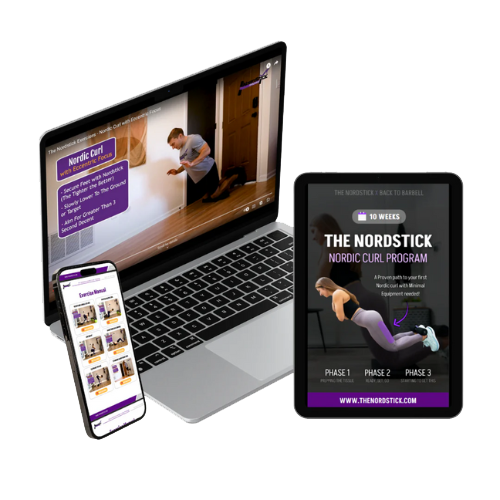

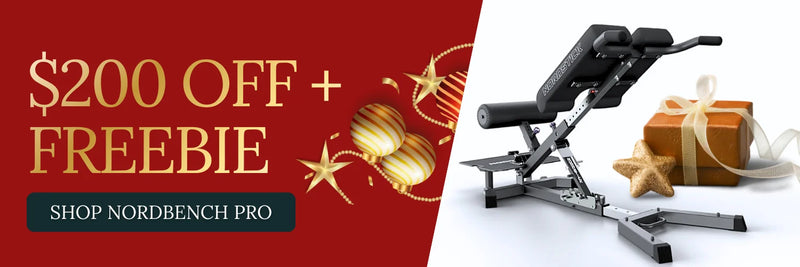
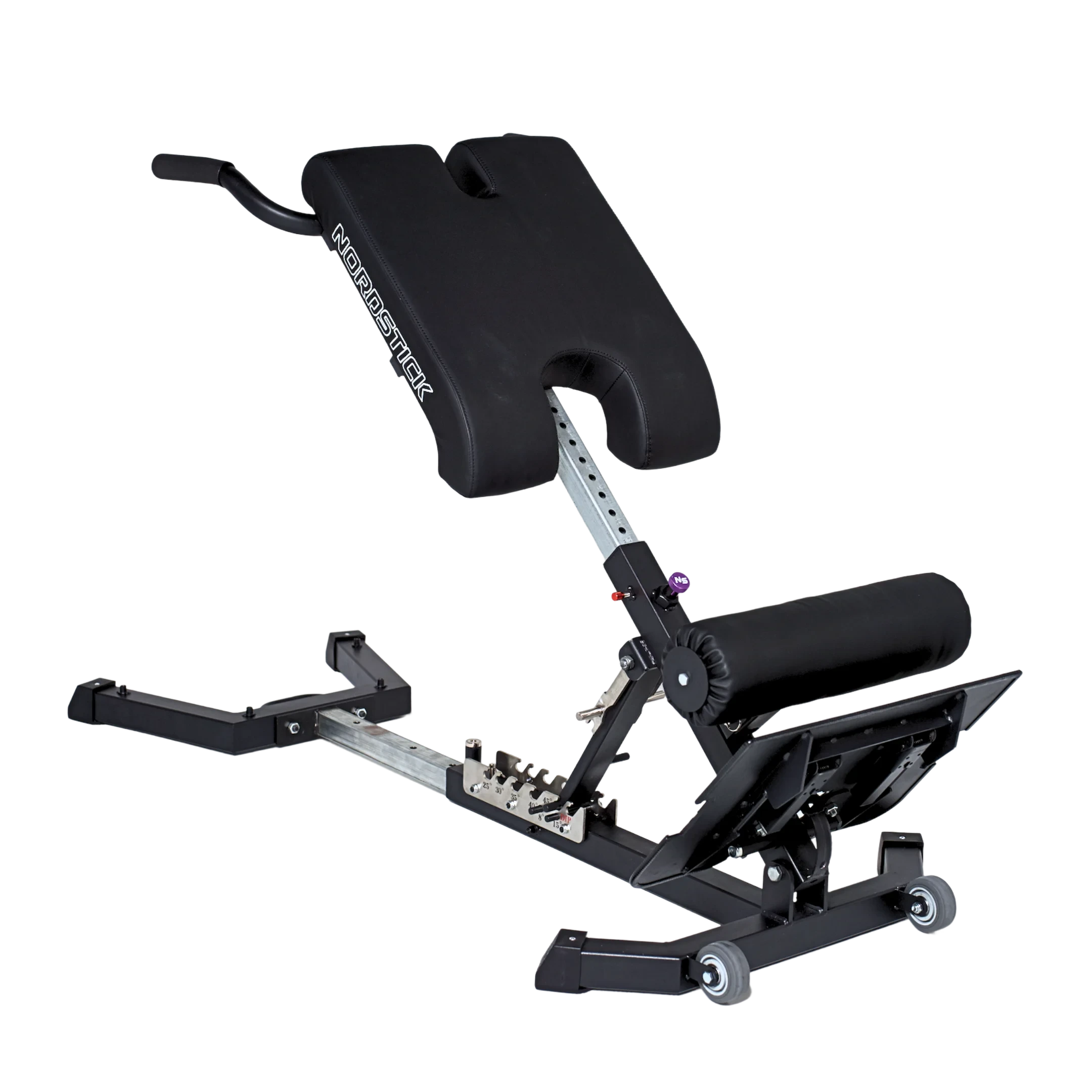
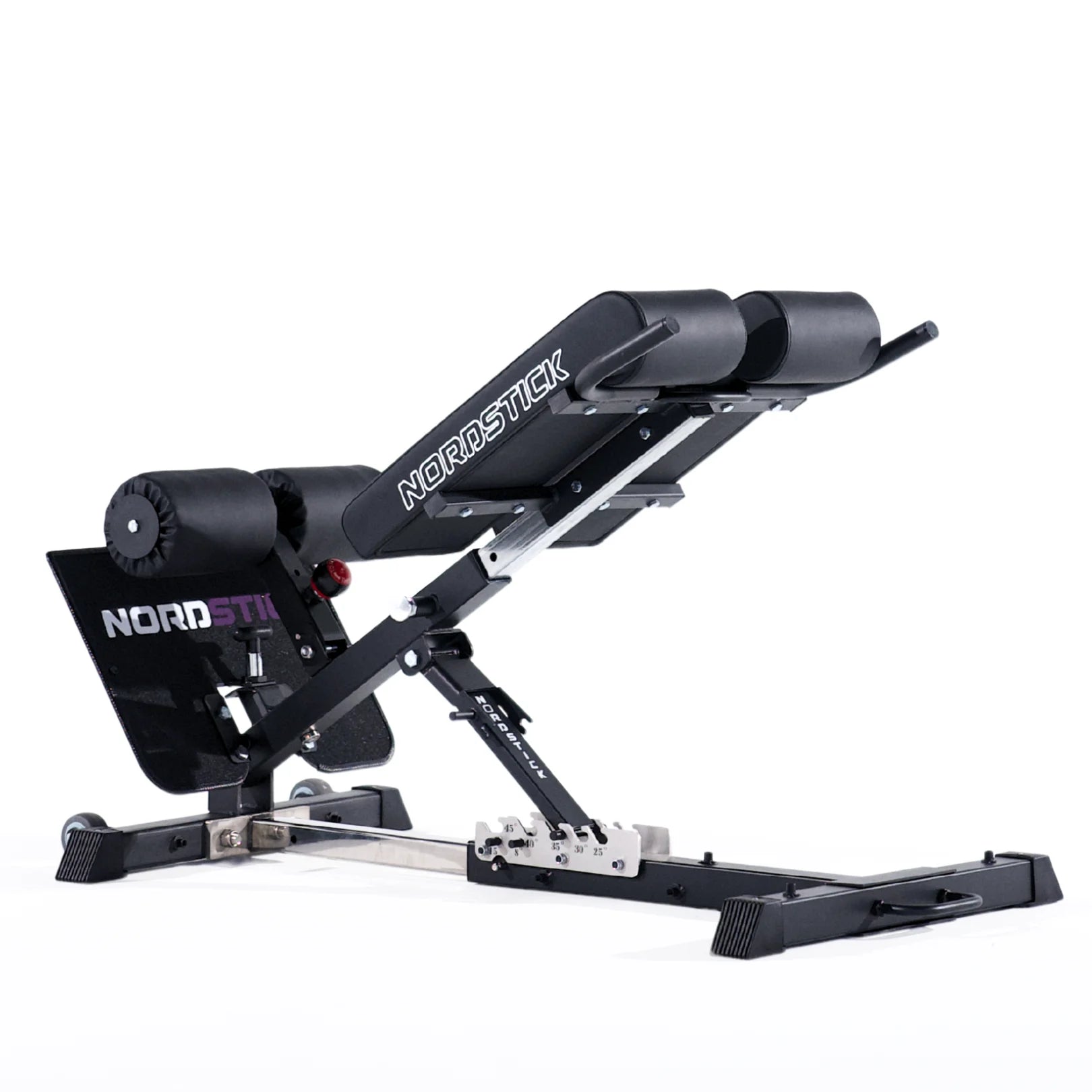





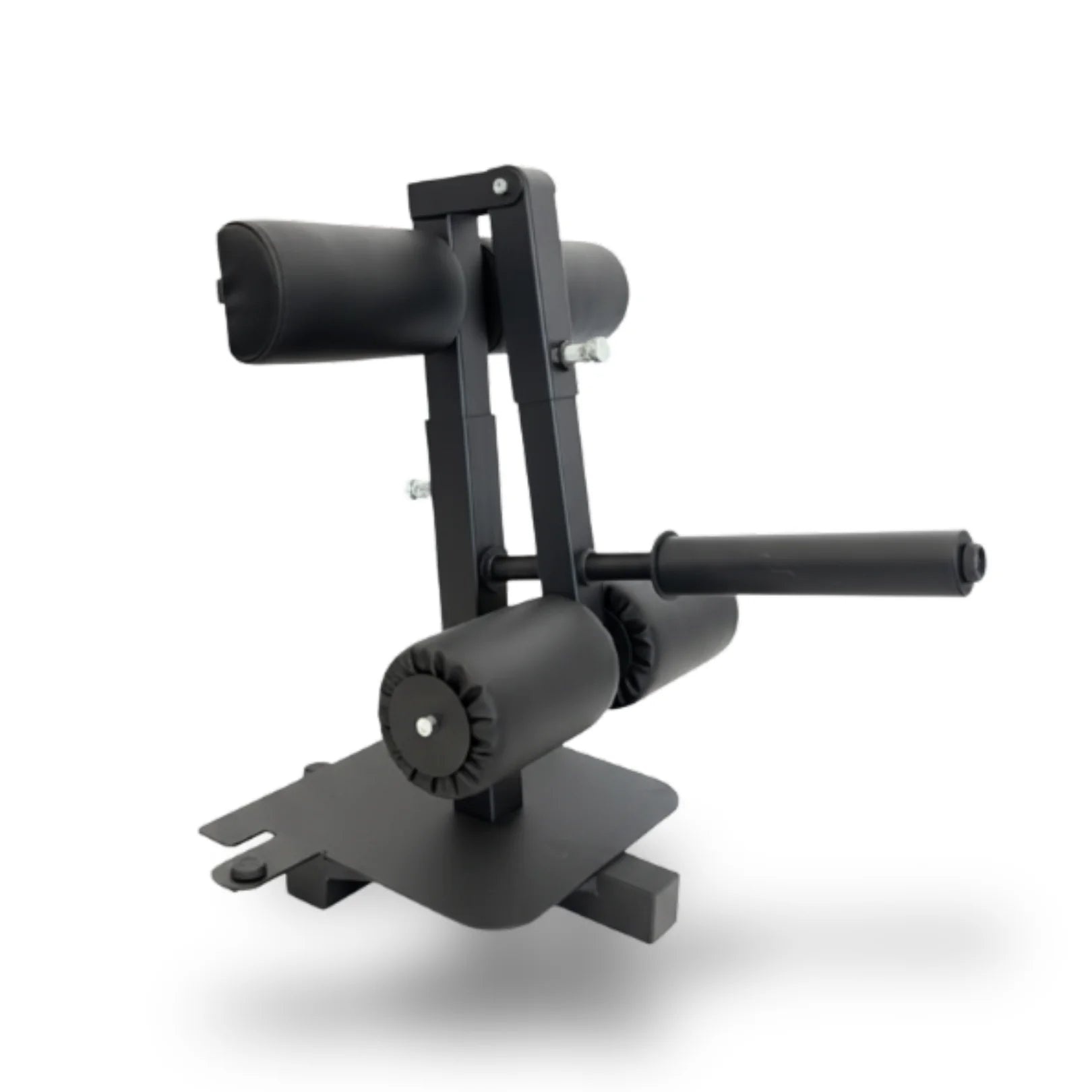
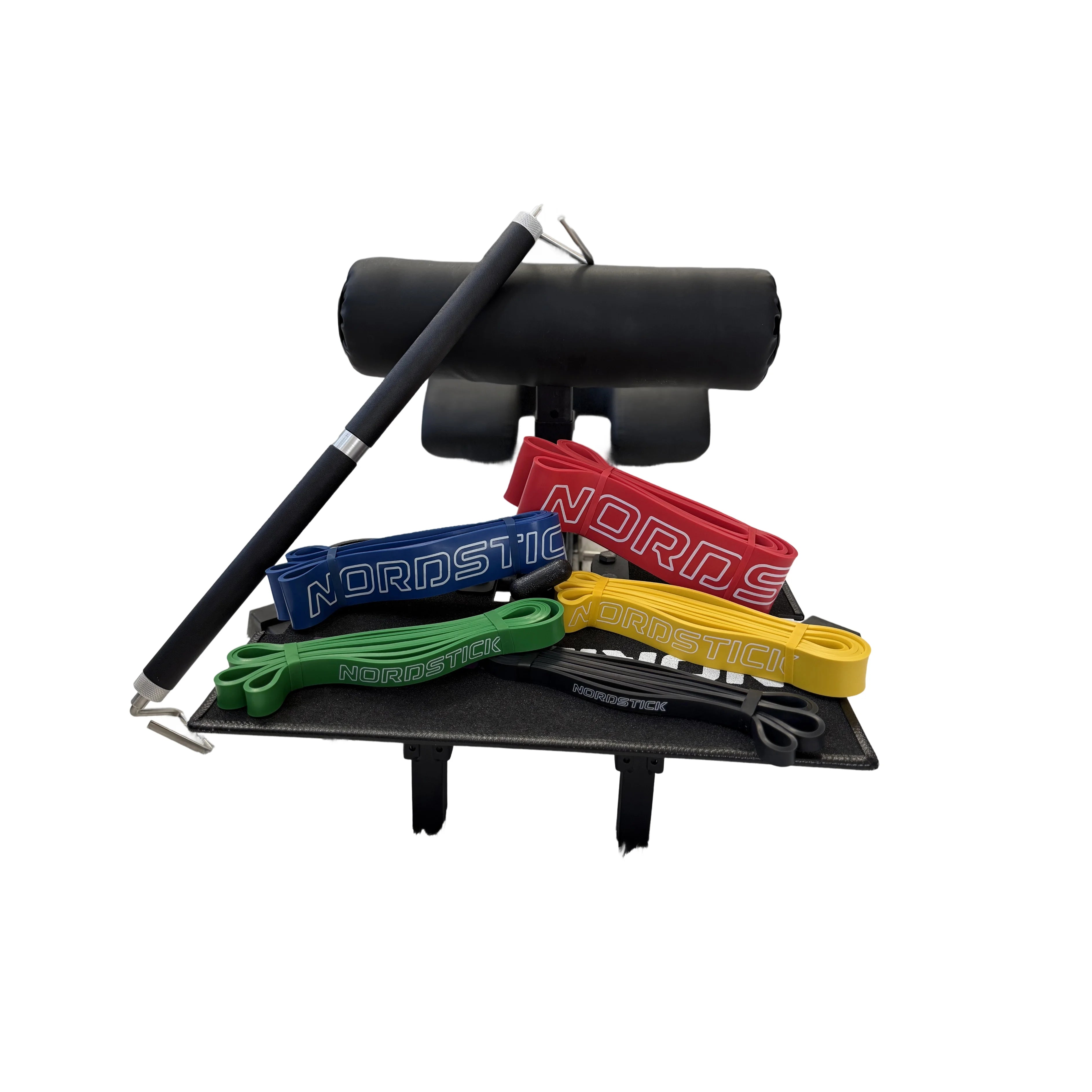
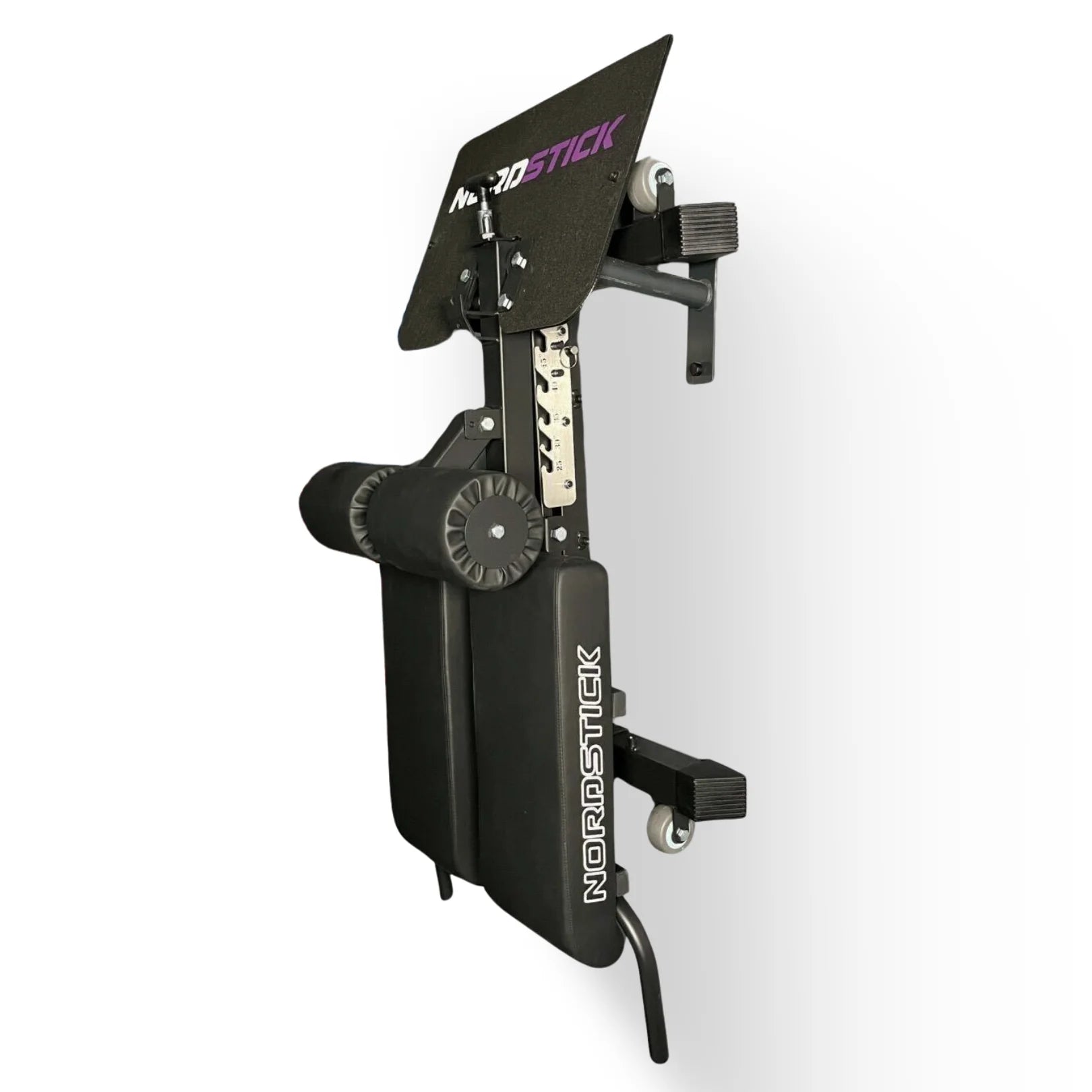
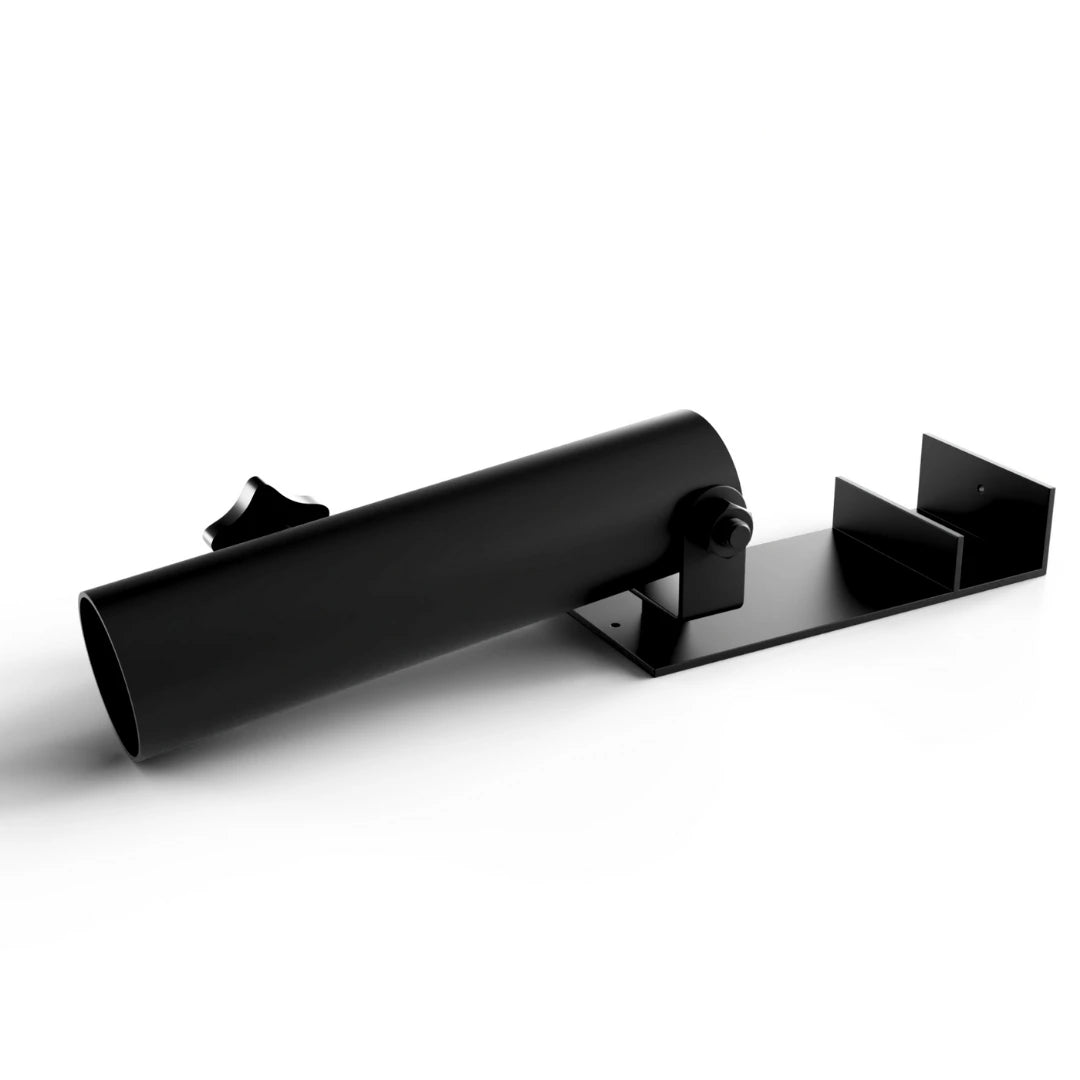
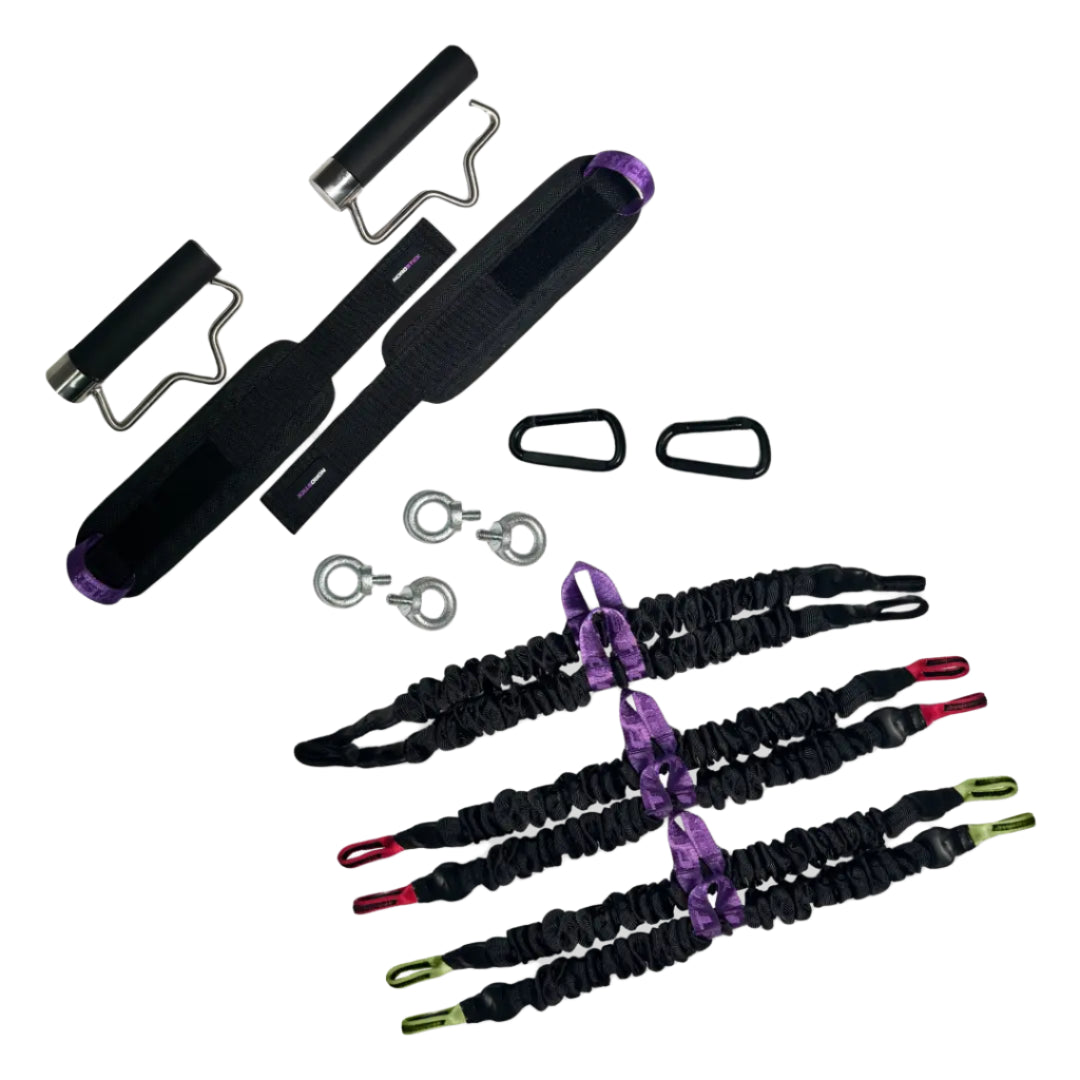
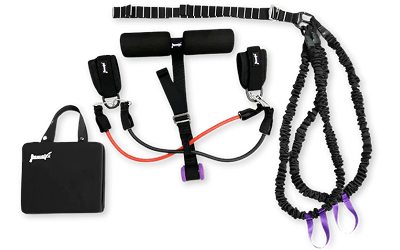
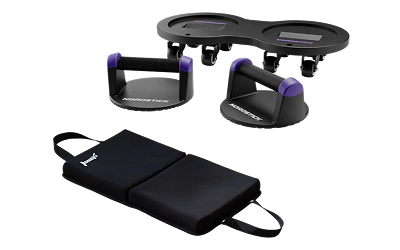
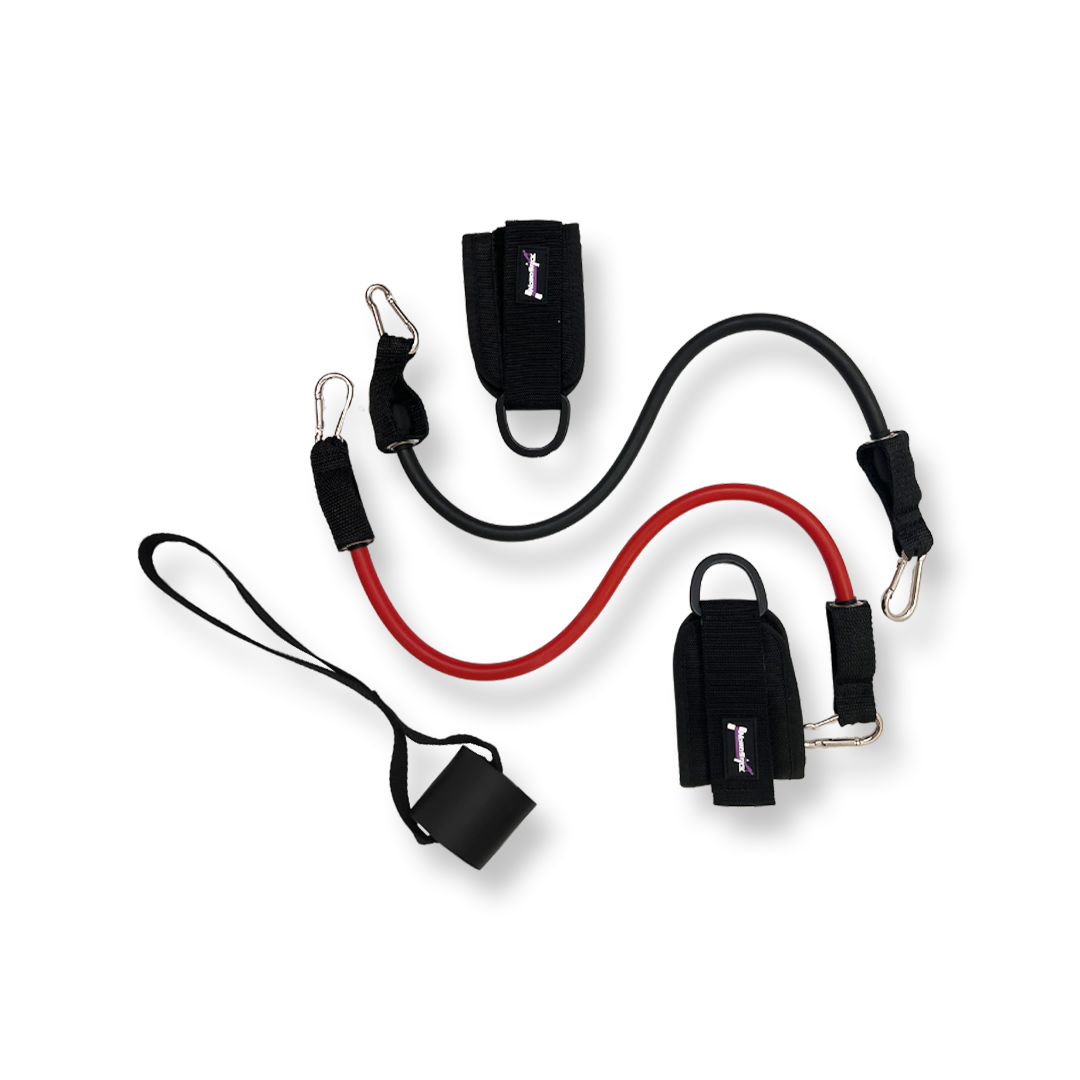
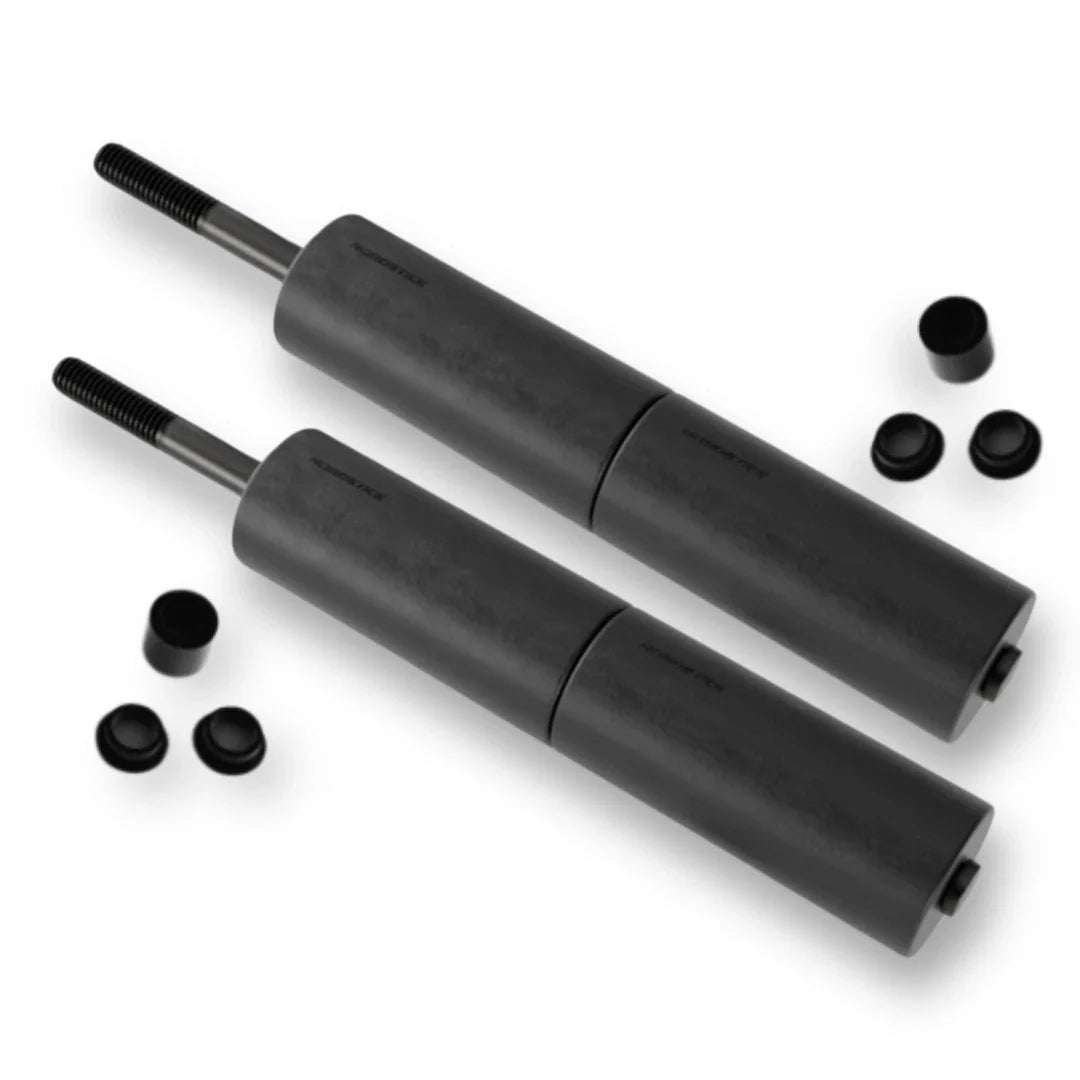
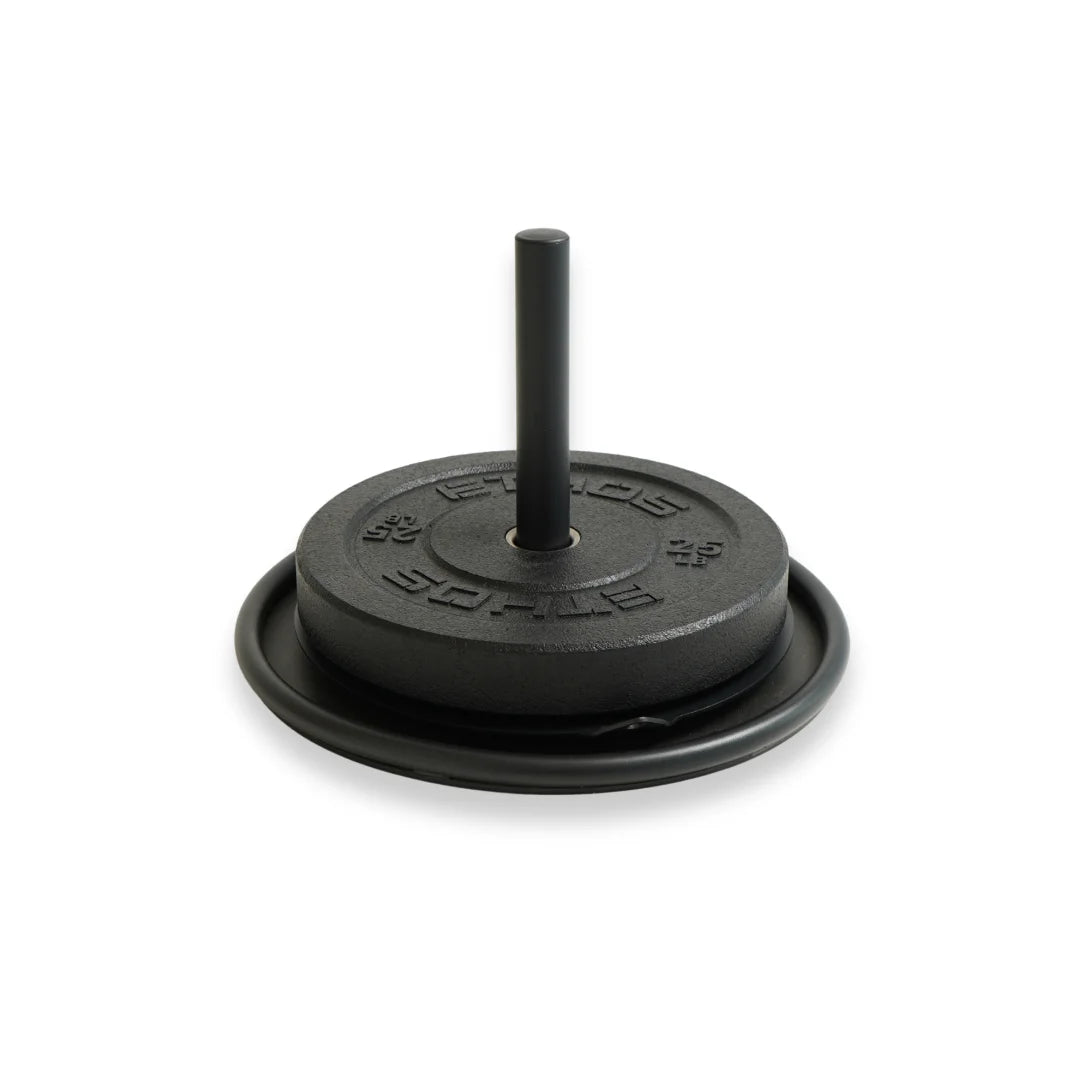
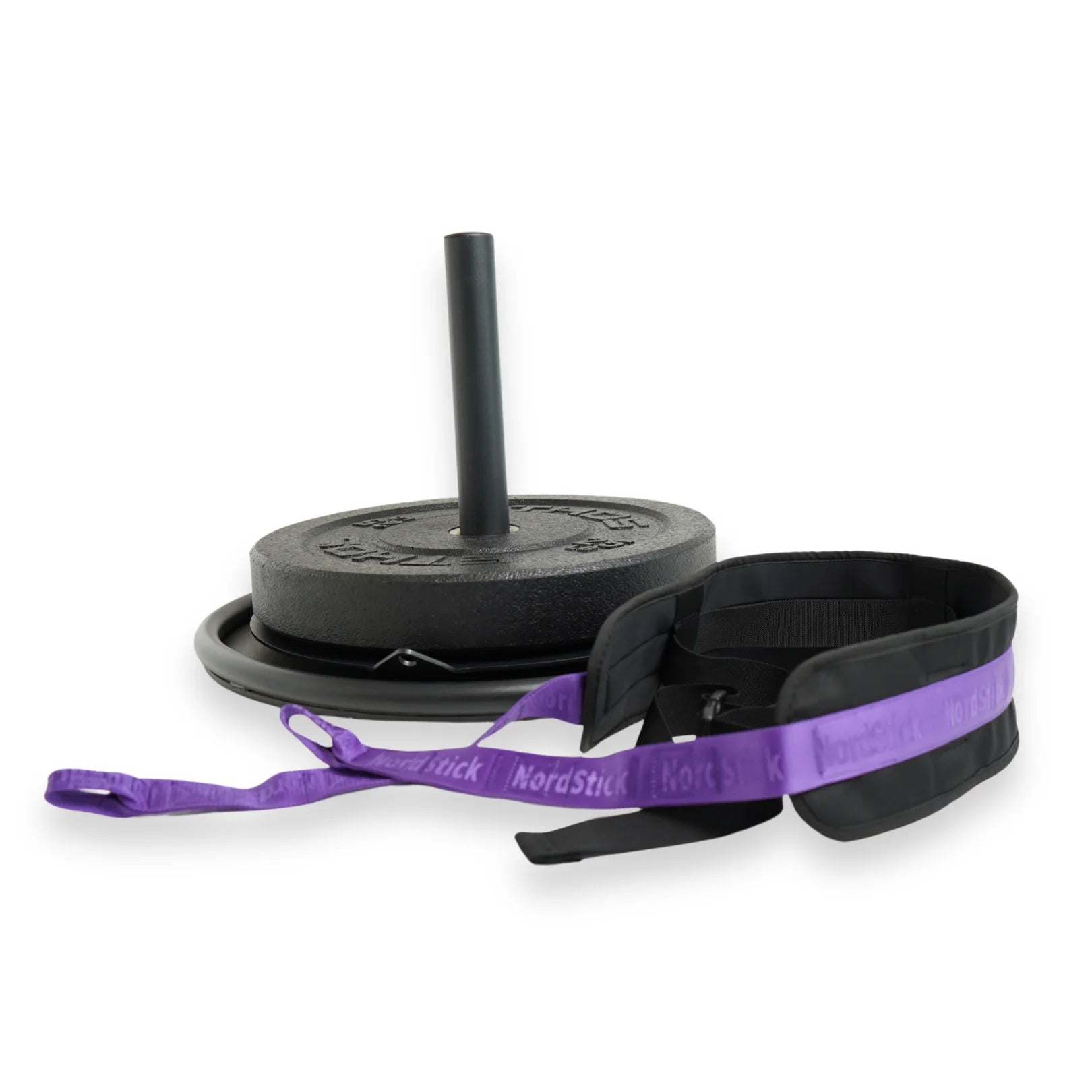
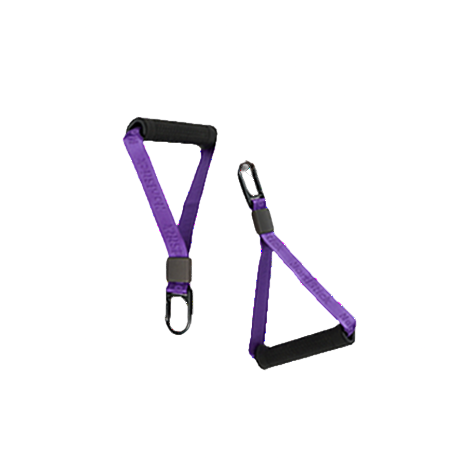
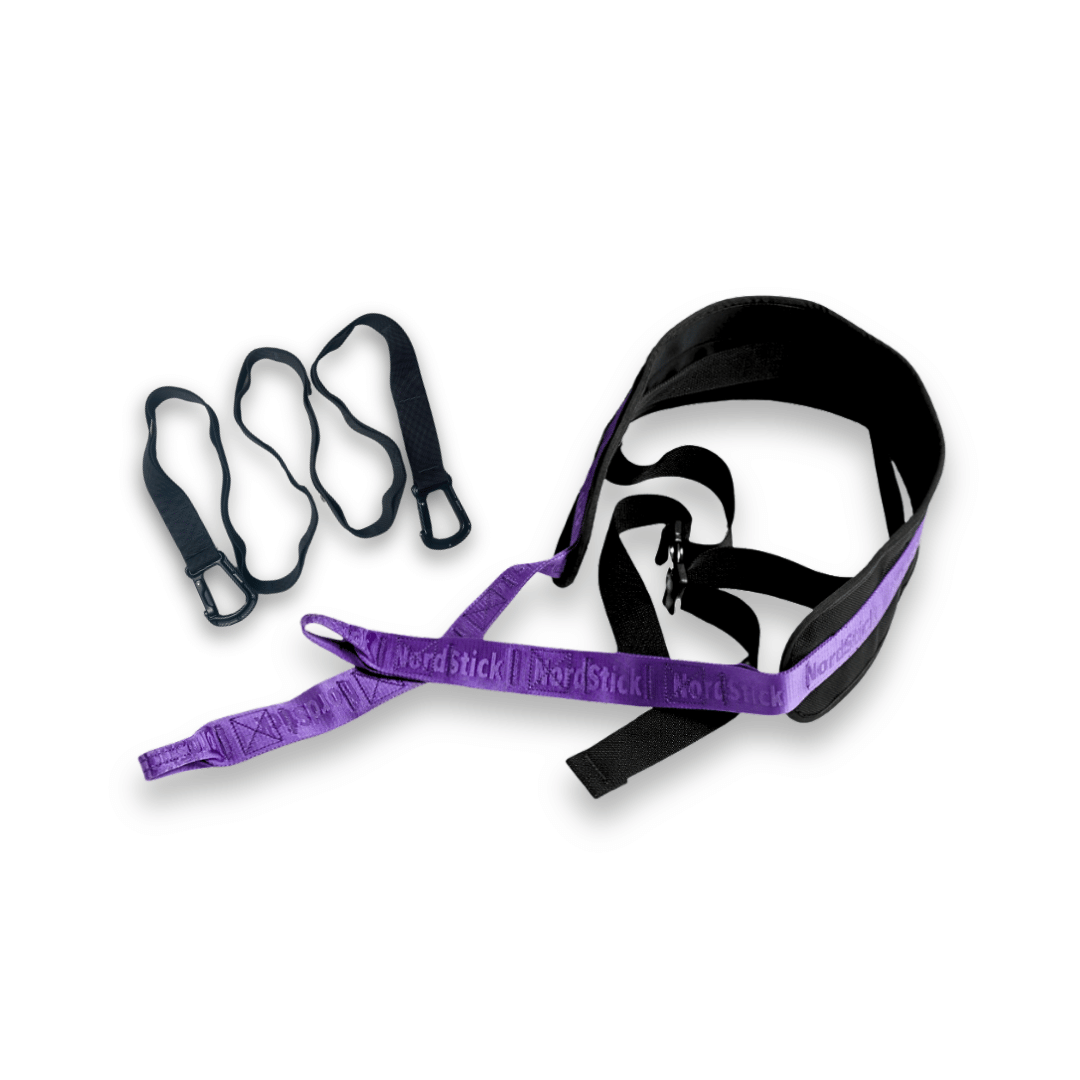
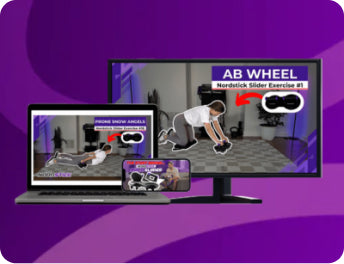


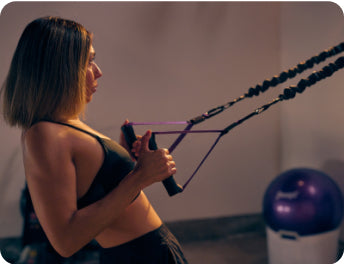

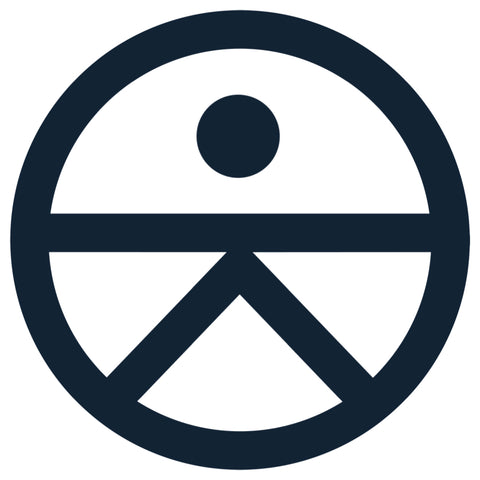
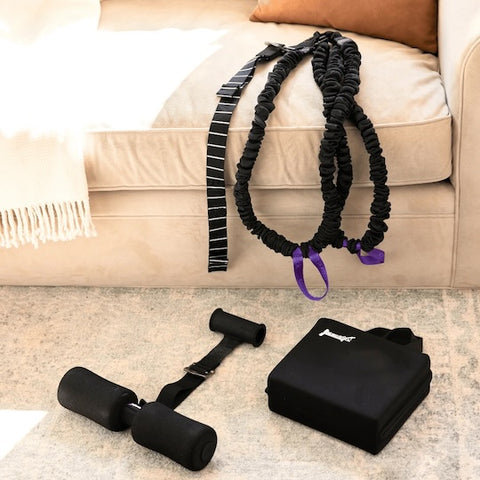

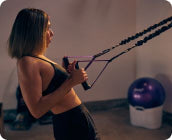
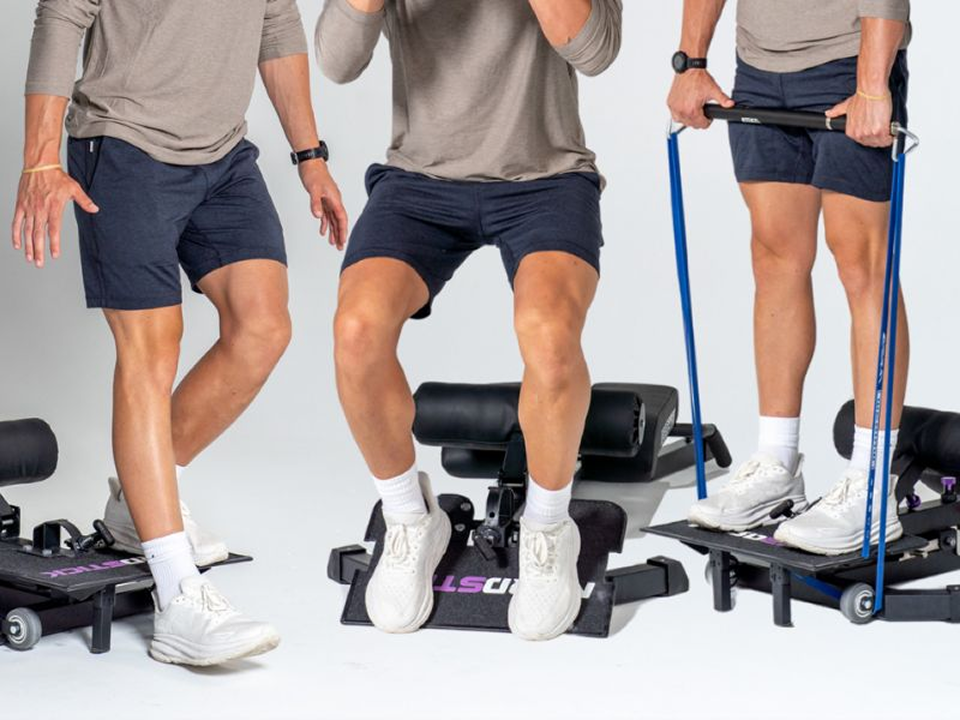
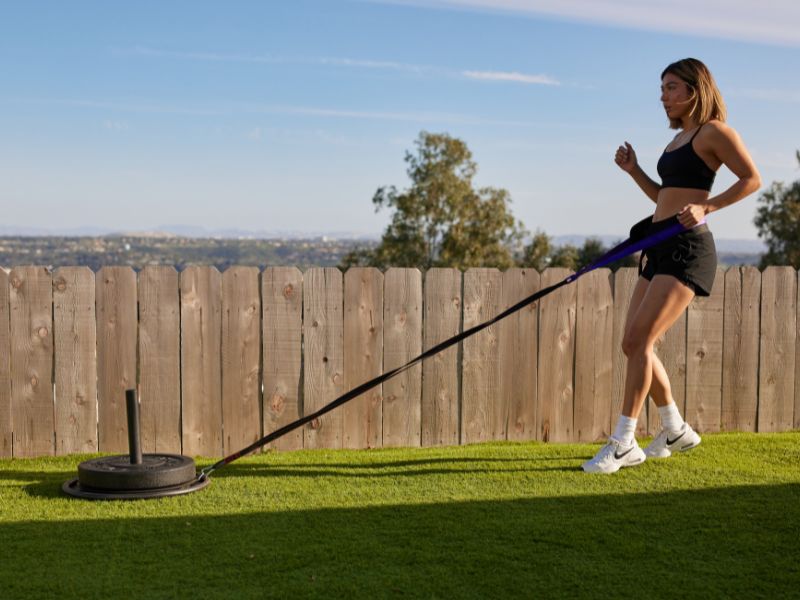

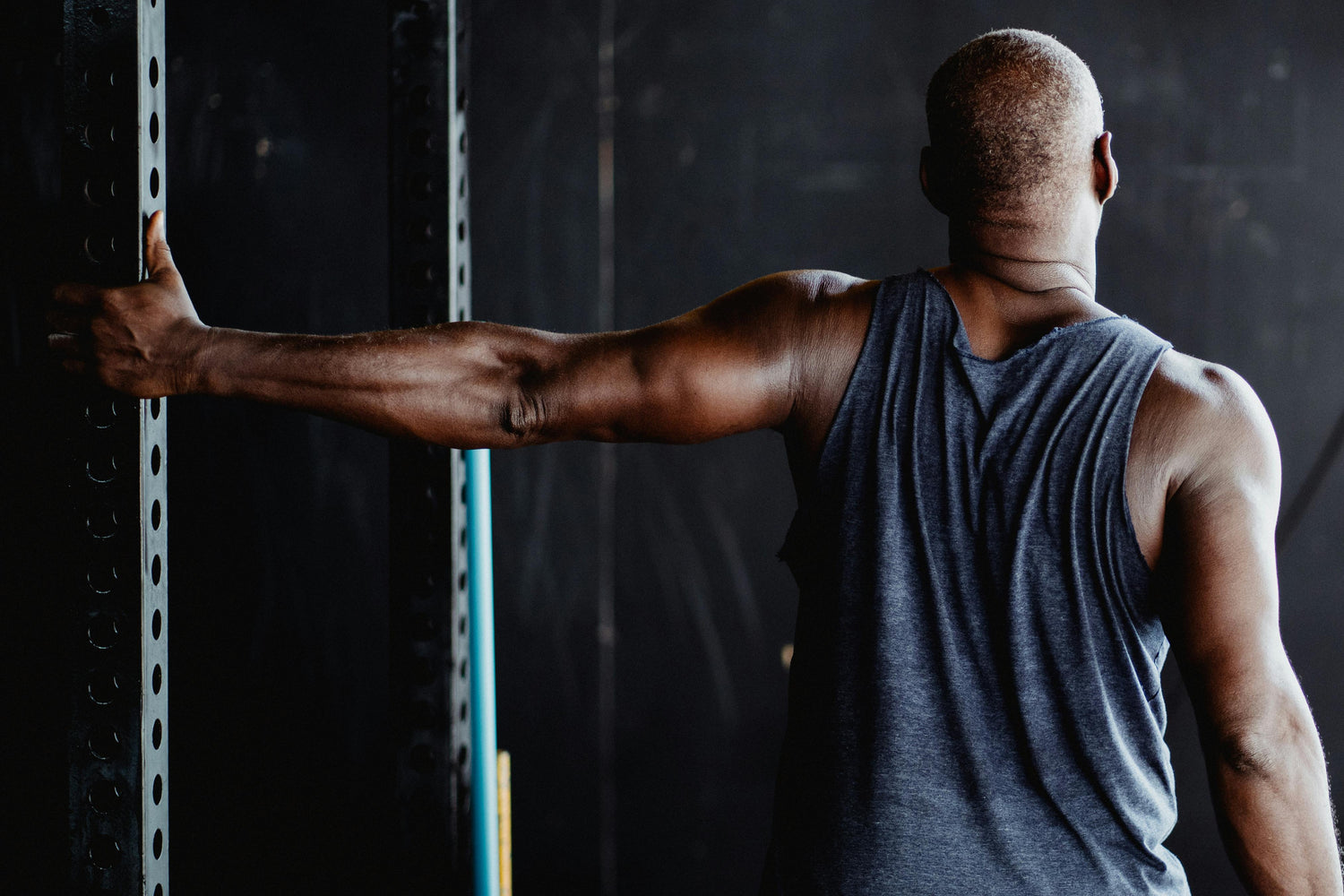



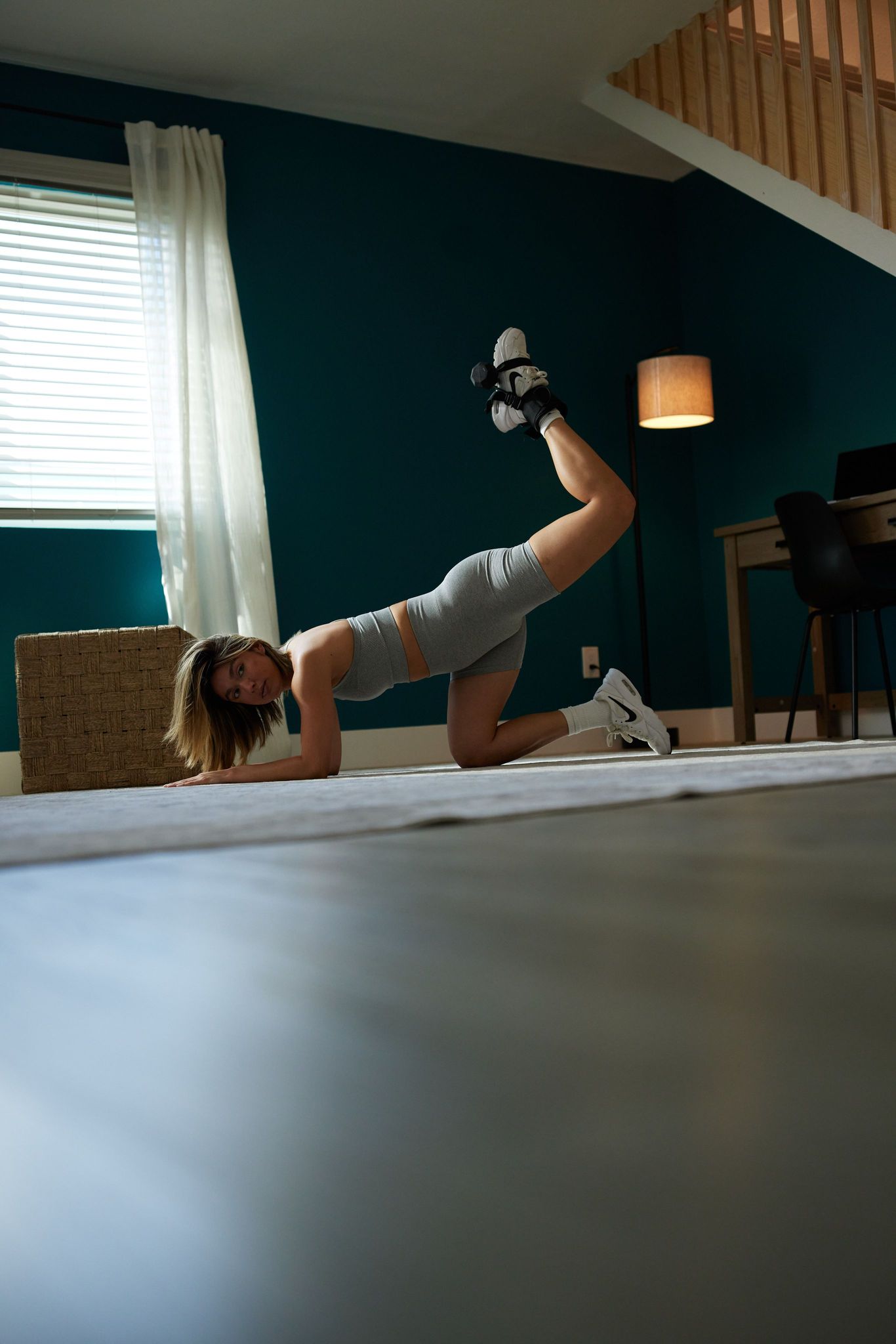



Leave a comment
This site is protected by hCaptcha and the hCaptcha Privacy Policy and Terms of Service apply.